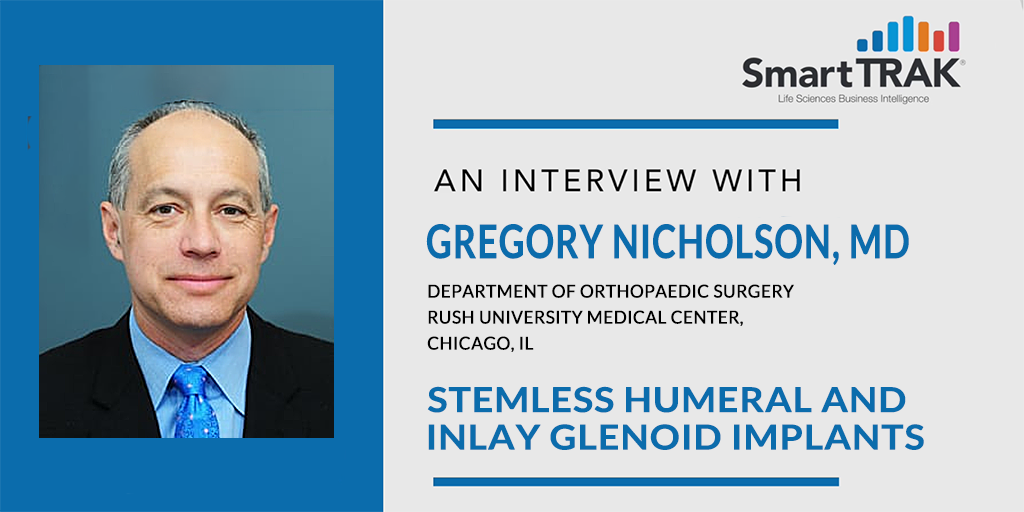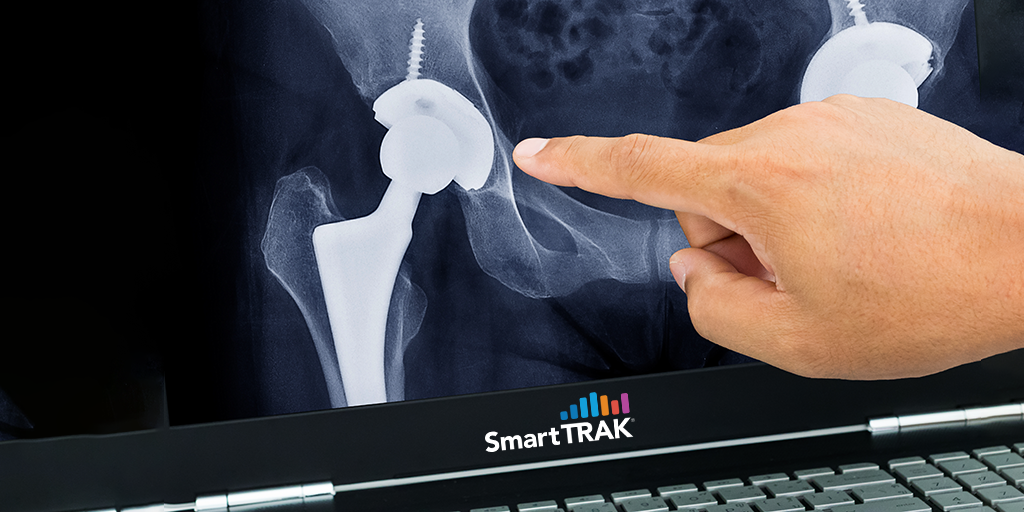COVID-19 pandemic hit the brakes mid-March resulting in a quick growth slow-down
Q120 was looking like a strong first quarter following Q420’s 4.5% YoY growth, the highest rate seen in the US Total Joints Market for several years. But, the COVID-19 pandemic and the institution of stay-at-home orders in most US states put the brakes on elective procedures in March, resulting in -4.8%, according to SmartTRAK Financial Dashboard. The postponement of procedures and the resulting downturn in revenue late in Q120 also resulted in orthopedic companies withdrawing guidance due to uncertainty about the timing of recovery.
Among the many topics covered in the comprehensive Q120 US Total Joints Market Recap* are:












